Eye on Traditional Korean Games.
 No, not computer games, although that's the passion among youth nowadays. A guide to Bull Fighting, Korean chess, Paduk, and other traditional games/sports, like taekwondo, here.
No, not computer games, although that's the passion among youth nowadays. A guide to Bull Fighting, Korean chess, Paduk, and other traditional games/sports, like taekwondo, here.
I'm going to focus on three games I've experienced: Korean seesaw, "Stick in hole," and Yut.
If you visit the Traditional Korean Folk Village, which faithfully recreates the lifestyle of the Chosun era (1392-1910), you can try games like Korean seesaw-- more fun than our seated version at the local park.
Koreans stand on either side and jump down hard, propelling each other into the air! Sounds like a young boy's dream, but the game was most popular among females.
 My student told me the above game translates to "stick in hole"- pretty self explanatory, I'd say! Chung and I gave it a go, but didn't follow the rules. If you find a good resource, I'll post more details.
My student told me the above game translates to "stick in hole"- pretty self explanatory, I'd say! Chung and I gave it a go, but didn't follow the rules. If you find a good resource, I'll post more details.On Lunar New New Years, I played the traditional board game, Yut Nori, with Tae Hun's family. I was wearing a skirt so his grandmother made it her job to keep my lap covered. Anytime I sat down, she placed a pillow over my knees. How risky of me not to use one!
 Above are the Yut Nori pieces. We put a modern spin on the game; the losing team took the winners out for Baskin Robbins ice cream!
Above are the Yut Nori pieces. We put a modern spin on the game; the losing team took the winners out for Baskin Robbins ice cream!Strategy and skill are involved but it's primarily luck based, and was at one time used in fortune telling. The origin is interesting. Depending on how the wooden pieces land, you call out the Korean equivalent of 'pig', 'dog', 'sheep', 'cow' and 'horse,' originally a bet by villagers to raise 5 different kinds of livestock.
What I liked best is the spectacle-nature of this traditional game. Tae Hun's family stood around cheering like it was a football match! Enthusiasm is a must. Learn how to play in the Wikipedia 'How to Play' section.
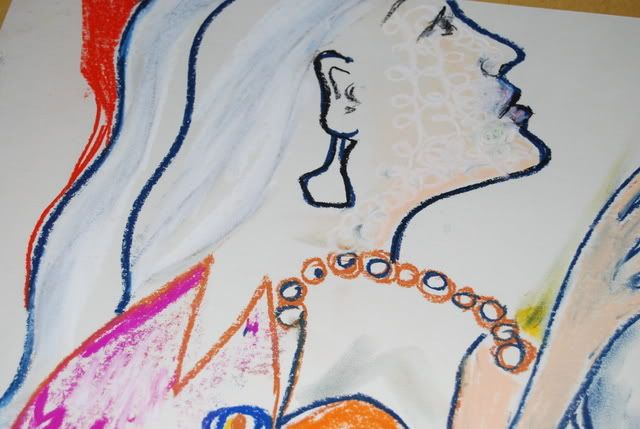
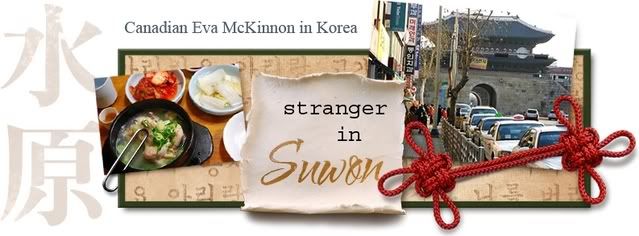


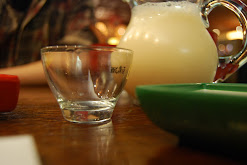


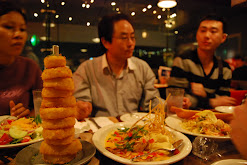




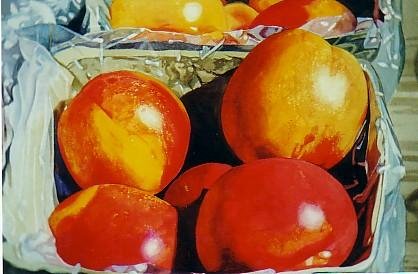



4 comments:
I absolutely love your blog! The best one out there that I've seen by far =D
I'm extremely interested in teaching English in Korea when I'm older - I'm planning on doing a student exchange there next year actually! I'm from Vancouver and I'm super excited -- Korea has an amazing culture.
Keep up the blogging! I'm getting my daily K-dose from you hahaha
I thought all you had to do to get a dose of Korea, in Vancouver, was walk out the door! Isn't it bustling with Koreans?
Thanks for the friendly note!
during the time, korean women were not allowed out of the housing "compound" until they were married. as a result, tradition says, they used the "seesaw" game to be able to have a glimpse of what lay outside the wall...
you should play hwa-tu - the korean card game - it's fun. addictive...
Oh, John, thanks for the facinating info about the seesawing! I'll edit my post.
Post a Comment